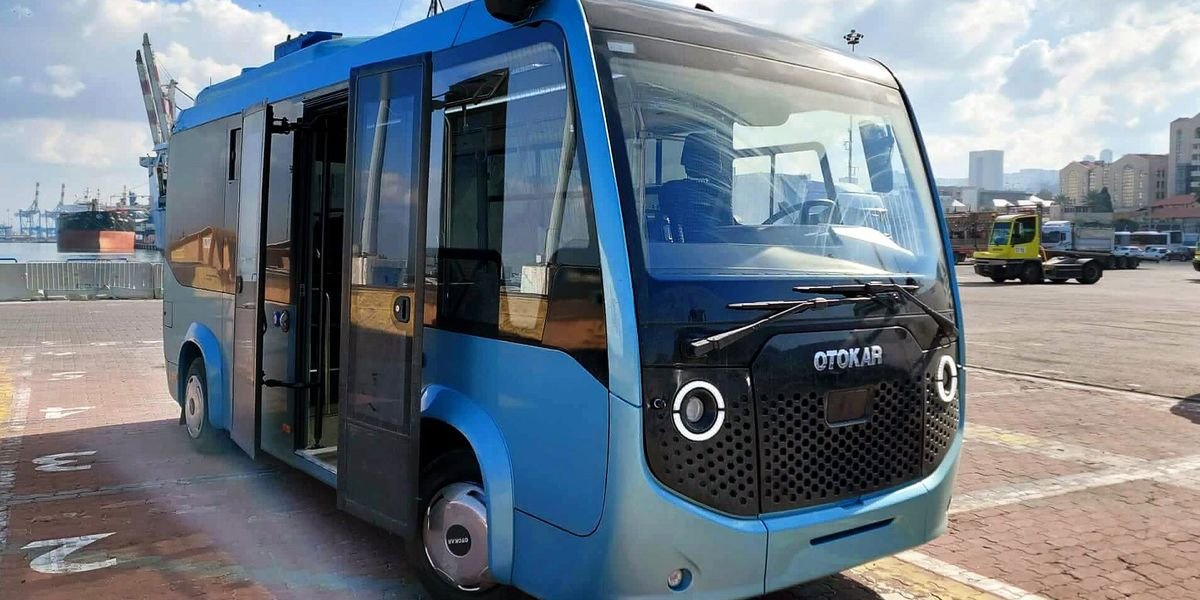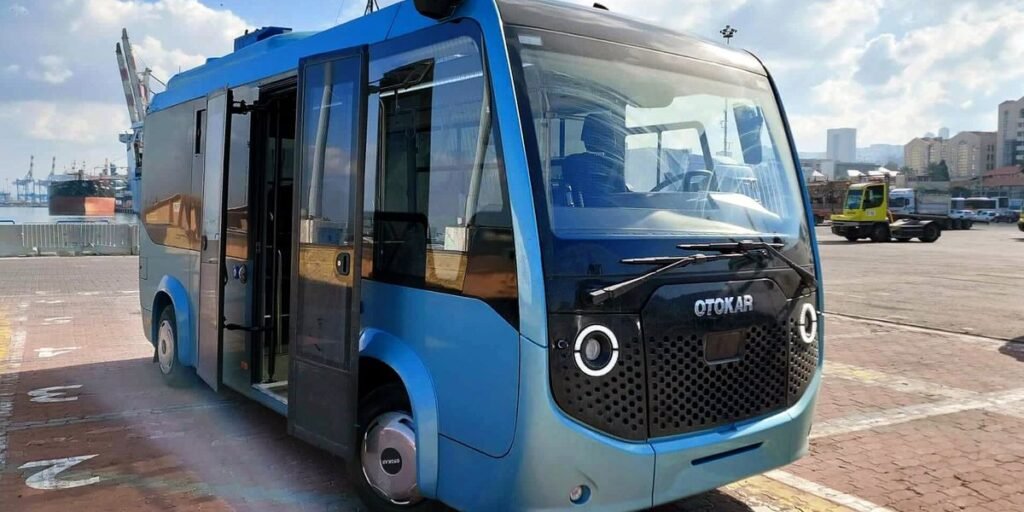
Within the race to develop autonomous car know-how, some corporations are steering away from robotaxis to discover a distinct avenue: driverless buses. With an anticipated scarcity of certified bus drivers looming and considerations rising concerning the relative inefficiency of robotaxis, corporations are opting to equip metropolis buses with superior ranges of autonomy.
This a much better software for autonomous car tech than robotaxis, says Kevin DeGood, the director of infrastructure coverage on the Center for American Progress in Washington, D.C. “The 2 modes are completely totally different in how they have an effect on congestion. Buses and rail cut back congestion, whereas robotaxis improve it. The congestion comes from elevated deadheading by ride-hailing automobiles.” Deadheading, DeGood explains, is when a car is returning with none passengers.
“Buses don’t deadhead, besides generally when out of service,” DeGood says. “Throughout peak durations, a metropolis bus typically carries a number of dozen individuals. The common robotaxi carries one.”
Who’s within the Lead?
Present self-driving bus trials contain buses working at Level 3 autonomy, the place human enter is required often. These trials are going down on non-public campuses comparable to universities and medical facilities, the place visitors is gentle and speeds are low. The subsequent aim entails rolling out Level 4 autonomous buses, able to navigating public roads with out human intervention.
The San Jose–based mostly Imagry is main this cost. It makes an autonomous driving software program stack that it sells to automakers. It additionally retrofits normal electrical buses with its self-driving tech and sells the completed buses to municipal mass transit businesses. The corporate, based in 2015, was initially centered on laptop imaginative and prescient for varied purposes.
In 2018, Imagry pivoted to experience the wave of enthusiasm about autonomous driving. In 2023, the corporate launched an autonomous bus venture at Sheba Medical Center in Ramat Gan, Israel—the biggest hospital within the Center East. Not lengthy after that, Imagry received approval from the Israel Innovation Authority to function autonomous electrical buses within the metropolis of Nahariya. These successes spurred the corporate’s management to scale up manufacturing and go international. Imagry has since submitted bids to function autonomous buses in Austria, Germany, Japan, Portugal, and Sweden.
“Throughout peak durations, a metropolis bus typically carries a number of dozen individuals. The common robotaxi carries one.” —Kevin DeGood, the Middle for American Progress
For now, the corporate’s buses depend on Stage 3 know-how, working routes with a human driver behind the wheel as a precaution. However the firm’s CEO, Eran Ofir, informed IEEE Spectrum that Imagry is working to safe the first-ever Stage 4 certification for the standard metropolis bus by the third quarter of 2025.
“Based mostly on our observe file, we’re assured that our buses will meet the requirements set by the respective rule-making authorities,” Ofir says. Ofir added that there was no motion on this course in america, as a result of though Imagry has operated autonomous vehicles on public roads in Arizona, California, and Nevada, the regulatory atmosphere there doesn’t but help self-driving buses.
Requested about the advantages of fielding an autonomous metropolis bus over a fleet of personal vehicles, Ofir agreed with DeGood’s evaluation. He notes that not solely do robotaxis exacerbate roadway congestion as a result of they significantly improve the variety of miles pushed in a given 24-hour interval, they’re additionally much less enticing as a enterprise proposition.
“Imagry shouldn’t be doing robotaxis as a result of we consider it’s a website with a problematic enterprise mannequin,” Ofir says. “The {hardware} that’s put in on these automobiles prices between US $70,000 and $100,000. You can’t take that answer into the typical passenger car that prices $30,000 or $40,000. It is going to take two or three years to see any return on that funding.” That concern about price, he says, is why Imagry doesn’t use lidar or radar techniques. As a substitute, its system depends on cameras, that are less expensive.
Imagry’s buses are geared up with eight specialised cameras, every monitoring a novel facet of the atmosphere. One tracks visitors lights, one other displays pavement markings like crosswalks and lane dividers, and yet one more retains a watch out for pedestrians. A machine learning algorithm merges the info from these cameras right into a high-definition map. This map offers the bus with a complete view of a bus’s environment, accounting for every little thing inside a 300-meter radius. This enables an onboard deep neural community in command of motion planning to reliably make choices about accelerating, braking, switching lanes, or turning.
The self-generated map strategy affords some benefits, based on Imagry’s chief technical officer, Ilan Shaviv. In contrast with centralized mapping techniques, he says, maps on the fly require much less computing energy and get rid of the necessity for a communication hyperlink to an exterior map—an entry level that may very well be exploited by cyberattacks.
Self-driving Bus Rivals
Imagry is certainly not alone within the self-driving bus area. MAN Truck and Bus Company has a partnership with Mobileye through which the 2 corporations are pairing Mobileye’s EyeQ systems-on-chip for sensing, mapping, and driving coverage with MAN’s industrial automobiles.
Bus producer Karsan has developed e-Atak electric buses, which use lidar, radar, visible gentle cameras, and thermal cameras to sense and hold their distance from dwelling or nonliving objects and hold observe of its place with respect to its atmosphere. Iveco and EasyMile have collectively developed a Stage 4 autonomous bus that they hope to get licensed, pending the outcomes of Stage 3 exams. Their bus additionally options vehicle-to-infrastructure capabilities that permit the bus to anticipate the phases of visitors lights. Earlier analysis has proven that this potential means smoother stops and restarts with less energy. And when the bus is completed making its appointed rounds, the onboard tech lets the bus maneuver itself right into a parking area within the depot.
Governments throughout Europe and Asia are embracing this shift. And if the Level 3 trials open the door for Stage 4 autonomy on metropolis buses, the times of chatting with a bus driver and asking for solutions about locations to eat, store, or sightsee—or what components of city to keep away from—could also be more and more within the rearview mirror.
From Your Web site Articles
Associated Articles Across the Internet

